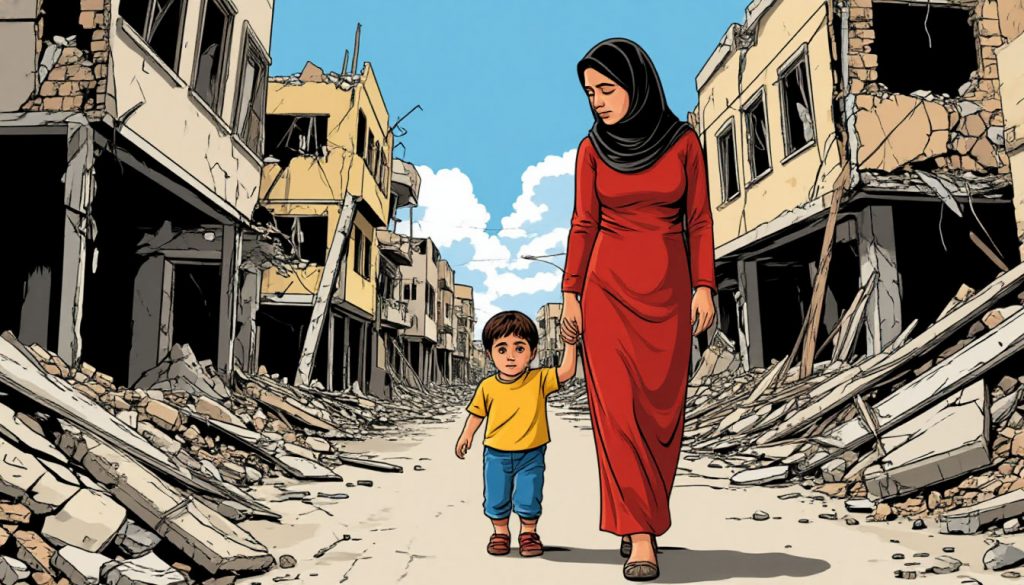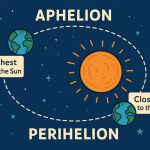Japan sits along the Pacific Ring of Fire and is prone to powerful seismic events. Among the gravest threats is a mega‑earthquake (magnitude 8–9) in the Nankai Trough, an undersea trench off Japan’s southwestern coast where the Philippine Sea Plate subducts beneath the Eurasian Plate. Japanese authorities now rate the risk as alarmingly high.
Official Alert from Japanese Authorities
- In January 2025, Japan’s Earthquake Research Committee reported an ≈80 % chance of a magnitude 8–9 quake occurring in the Nankai Trough within the next 30 years InsightNewsgh.Com.
- Government statements echo this, noting “70–80 % probability” over the coming decades .
Why the Nankai Trough Is Critical
- Historical records show large quakes about every 100–200 years, including major events in 1944 (Tonankai, M 8.1) and 1946 (Nankai, M 8.1–8.4) InsightNewsgh.Com.
- A recent swarm of over 1,000 tremors near the Tokara Islands has raised alarm among experts and the public .
Catastrophic Projections
Government assessments forecast:
- Up to 298,000 fatalities from shaking, tsunami, and infrastructure failure.
- Economic damage exceeding US $1.8–2 trillion .
- Over 2.3 million buildings could be destroyed .
National Preparedness Efforts
Japan has taken significant steps:
- Aims to reduce death toll by 80 % by 2035 via improved infrastructure, evacuation systems, and stricter seismic codes .
- Plans to launch a central Disaster Prevention Agency in 2026 .
- Issued its first “Megaquake Advisory” following a 7.1‑magnitude tremor off Miyazaki in August 2024.
Science vs. Speculation
- Experts stress that exact earthquake prediction remains impossible, despite statistical projections .
- The JMA cautions against speculative claims and urges reliance on scientific sources like the JMA, USGS, and seismological bodies .
What Individuals Should Do
- Prepare an emergency kit with essentials.
- Learn tsunami evacuation routes.
- Retrofit homes to withstand seismic force.
- Stay informed via official JMA alerts.
- If possible, leave the potential earthquake and tsunami zone as soon as possible.
Why It Matters
The Nankai Trough has produced some of Japan’s deadliest natural disasters. Given the approaching recurrence interval, intensified quake activity, and potential impact, persistent vigilance and readiness are essential to limit human and economic losses.
This earthquake could happen in 10 or 20 years, or it could happen tomorrow morning – no one knows the exact date, but the dramatic events in Turkey and Syria a few years ago highlight the suddenness and ruthlessness of the climate threat.


